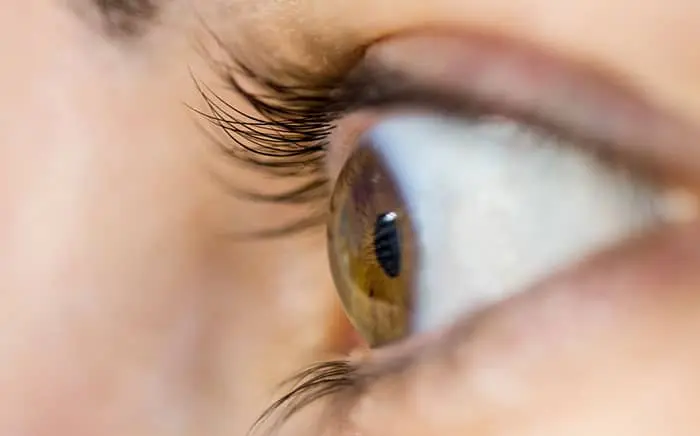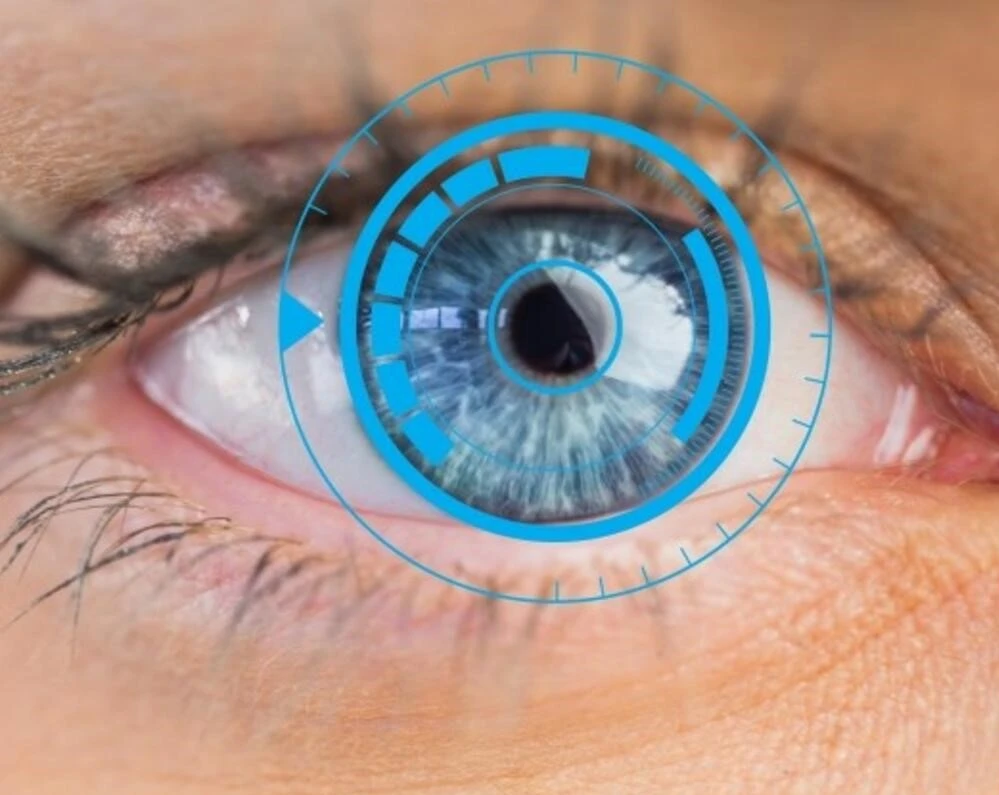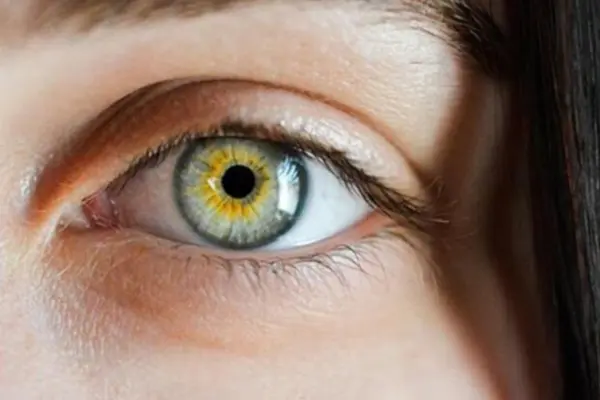Eye health is one of the most crucial factors that directly impact quality of life. Good vision provides a significant advantage in many aspects of daily life, such as reading, writing, driving, and social interactions. However, eye diseases can develop due to various factors, including aging, genetic predisposition, environmental influences, and lifestyle choices. Some of these conditions progress slowly, while others may present sudden symptoms and lead to rapid vision loss.
Early diagnosis of medical eye diseases is essential to halt their progression and preserve vision. Regular eye examinations help detect many eye diseases at an early stage. With timely diagnosis, conditions can often be managed through medication, prescription glasses, or surgical intervention. Therefore, to maintain eye health and ensure sustainable vision, it is highly recommended not to neglect regular eye check-ups.
Routine Eye Screening
Vision health is a major factor that directly affects quality of life. In Turkey, millions of people are at risk of developing eye health problems; however, many do not undergo regular eye examinations. According to the Ministry of Health, vision loss is one of the most common health issues in Turkey, and many eye diseases can be controlled with early diagnosis and treatment. For example, conditions such as cataracts, glaucoma, and diabetic retinopathy often progress without noticeable symptoms. To protect your eye health, regular eye check-ups should not be overlooked.
Cataracts
A cataract is a common eye condition that impairs vision due to clouding of the eye’s lens. It becomes more frequent with aging and is particularly common in individuals over 65. Although it may go unnoticed initially, vision can gradually become blurry, colors may appear faded, and activities such as reading may become challenging. If you experience blurriness or loss of clarity in your vision, consulting an eye doctor for early diagnosis and treatment is recommended.
Refractive Errors
The eye focuses incoming light onto the retina through refraction to create a clear image. While the cornea has a fixed shape, the lens changes shape depending on the distance of the object being viewed. The lens becomes rounder for near objects and flattens for distant objects. If the cornea and lens fail to focus light correctly, refractive errors occur, leading to blurred or distorted vision. Common refractive errors include myopia (nearsightedness), hyperopia (farsightedness), and astigmatism.
Glaucoma (Eye Pressure)
Glaucoma, commonly known as eye pressure, is a silent disease that damages the optic nerve, leading to visual field narrowing and, in advanced stages, permanent blindness. It is the second leading cause of blindness worldwide after cataracts. People with high intraocular pressure are at greater risk of developing glaucoma; however, not all cases of high eye pressure result in glaucoma—this condition is known as ocular hypertension. Therefore, diagnosing glaucoma requires more than just measuring eye pressure; a detailed evaluation of the optic nerve is necessary.
Macular Degeneration (Age-Related Macular Degeneration – AMD)
Macular degeneration is an eye disease that affects the macula, the central part of the retina, impairing central vision. The macula is responsible for sharp, detailed vision, color perception, reading, and facial recognition. The disease occurs when waste materials accumulate in the macula, causing damage. Symptoms may include blurry vision, distorted shapes, and blank spots in the visual field. Although it does not cause complete blindness, it significantly affects quality of life and daily activities.
Pterygium (Surfer’s Eye)
Pterygium is an abnormal tissue growth extending from the conjunctiva to the cornea, which can lead to vision loss over time. It often begins as a yellowish spot (pinguecula) in the eye and may grow to cover the cornea, causing astigmatism. Symptoms include eye redness, swelling, irritation, and a foreign body sensation. While the exact cause is unknown, prolonged exposure to sunlight and ultraviolet (UV) rays is a significant risk factor. People who work outdoors, such as farmers, fishermen, and surfers, are more prone to developing pterygium. Also known as "Surfer’s Eye," this condition can be prevented by wearing sunglasses and protective lenses. If you notice abnormal growth in your eye, consulting an eye doctor for early diagnosis and treatment is essential.
Keratoconus
Keratoconus is an eye disease in which the cornea (the transparent layer at the front of the eye) becomes thinner and bulges outward in a cone shape. Normally, the cornea is round and dome-shaped, but in keratoconus, it loses its structure and changes shape. This prevents light from being focused correctly, resulting in blurry and distorted vision. Patients with keratoconus often need to change their glasses or contact lens prescriptions frequently as the condition progresses.
Eye Infections
Eye health is crucial for maintaining vision. Eye infections are usually caused by bacteria, viruses, or fungi and present with symptoms such as redness, watering, itching, and discharge. The most common eye infections include conjunctivitis (pink eye), keratitis (corneal inflammation), and blepharitis (eyelid infection). If left untreated, these infections can threaten vision and become chronic. They can often be managed with antibiotic, antiviral, or antifungal eye drops.
Retinal Diseases
Retinal diseases are serious conditions that disrupt the structure or function of the retina, potentially leading to vision loss. Common retinal diseases include diabetic retinopathy, macular degeneration, retinal detachment, and retinal vein occlusion. These conditions often progress silently without noticeable symptoms and can result in permanent vision loss. To detect them early, it is recommended to undergo a detailed eye examination at least once a year. Treatment options include medication injections, laser therapy, and surgical interventions. Regular check-ups should not be neglected to maintain eye health.






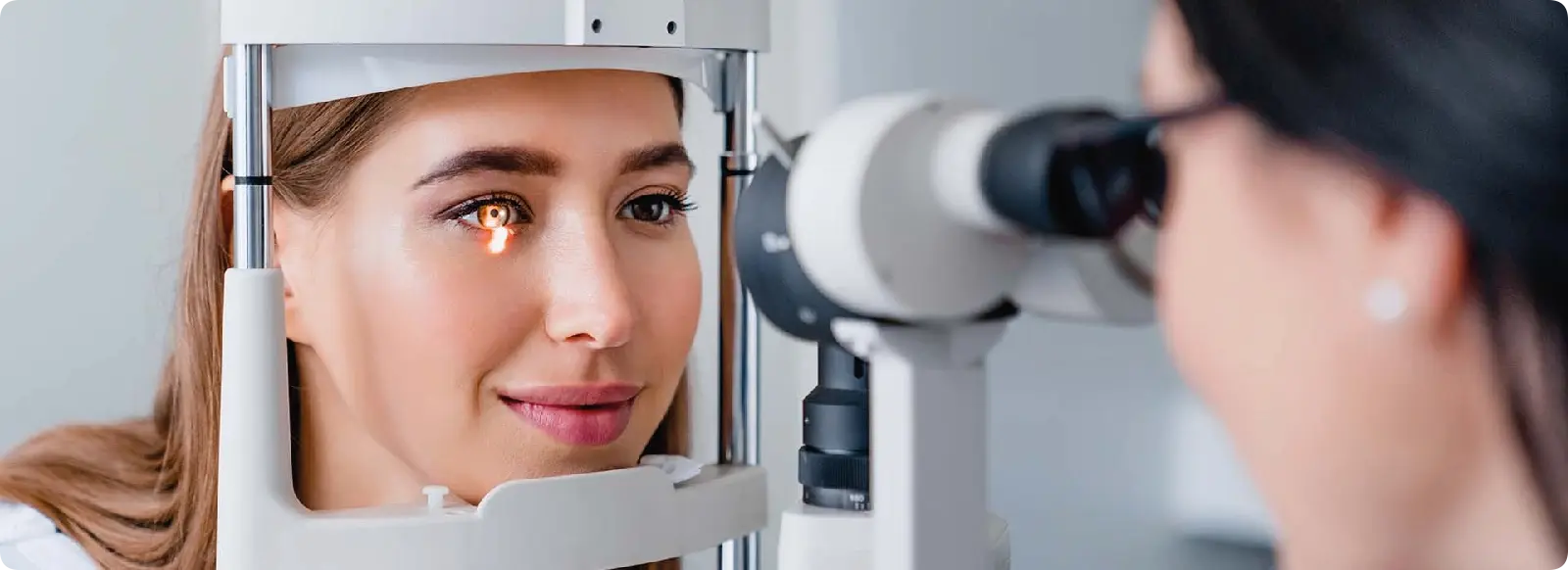
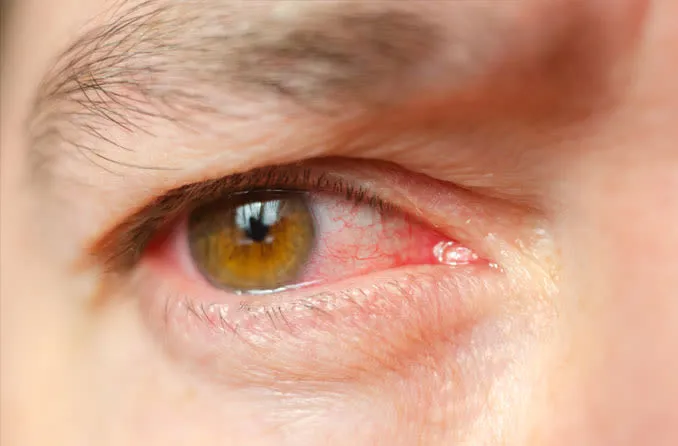
.webp)
